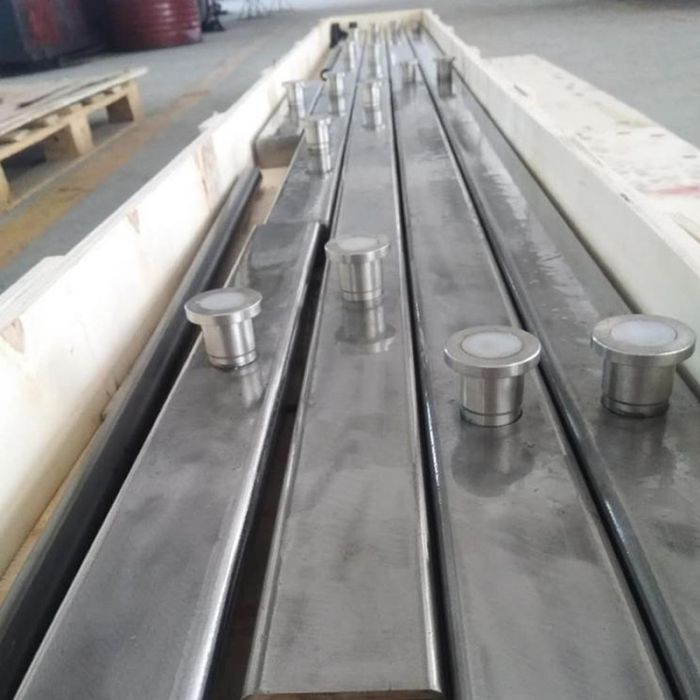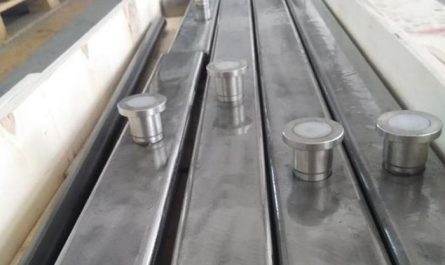In traditional impressions, concrete is always strong and stable, like a rock that does not easily change shape.
From a long-term perspective, concrete is actually more like a ‘slowly flowing liquid’.
Over time, concrete undergoes creep and shrinkage, gradually “flowing” and changing shape.
This seemingly small change may affect the long-term safety of the building structure.
However, traditional calculation methods often rely on empirical regression and lack physical significance, resulting in insufficient prediction accuracy and significant errors in practical engineering.
This article introduces Fractional Calculus (FC), a mathematical tool that is more suitable for describing time dependence and nonlinear mechanical behavior.
Compared to traditional integer order calculus, it can more accurately capture the gradual process of concrete over a long time scale.
.


